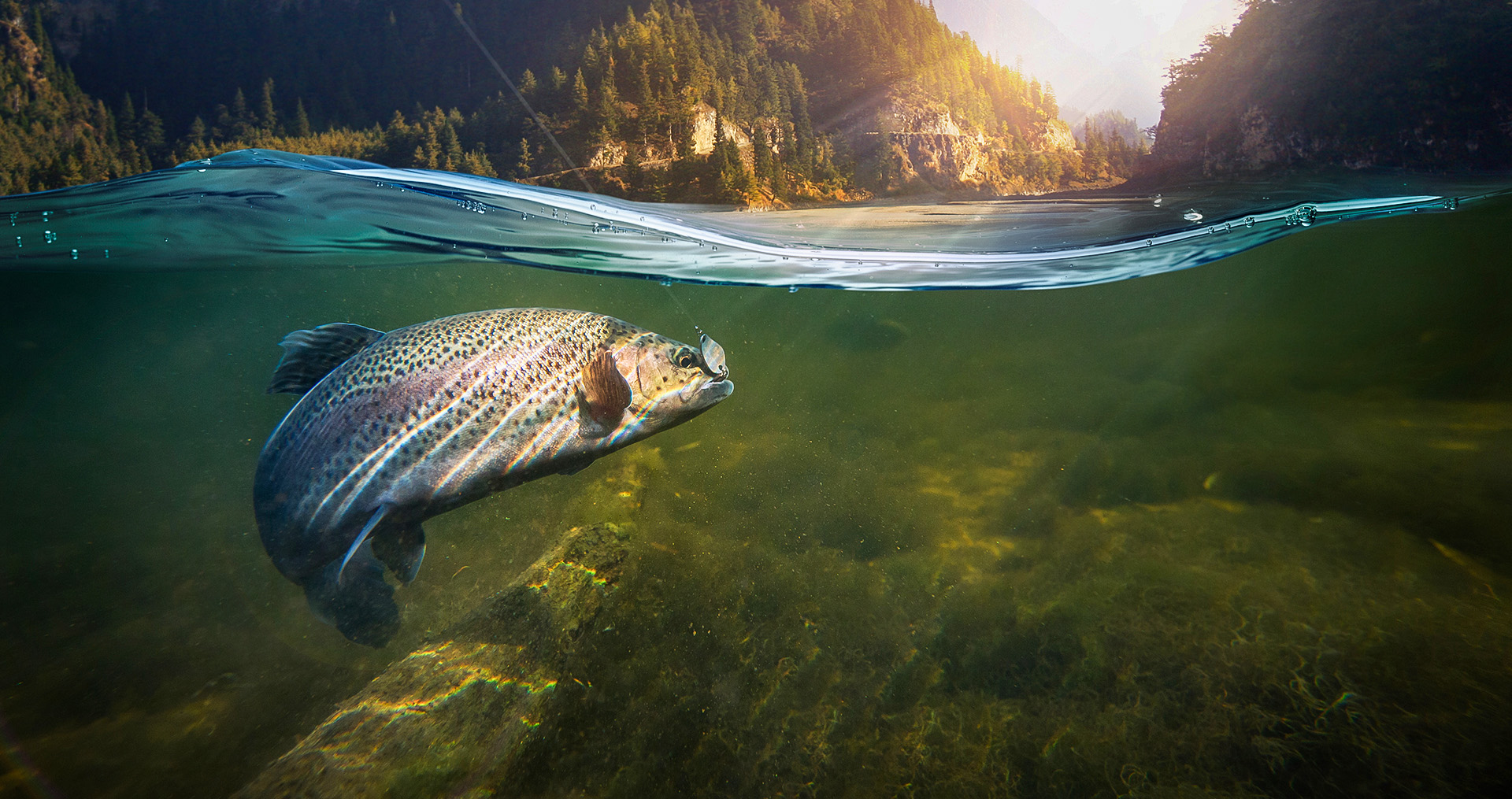Idaho Power owns five fish hatcheries, which are the cornerstone of our longstanding commitment to supporting salmon, steelhead and sturgeon populations in the Snake River.
Idaho Power’s Hells Canyon Complex, which includes Hells Canyon, Oxbow and Brownlee dams, was completed in 1968.
Even before construction was complete, Idaho Power realized that salmon and steelhead upstream of the Hells Canyon Complex were being impacted by the inability of young fish to migrate downstream through Brownlee Reservoir. Initial plans for maintaining these populations included collecting the young fish above Brownlee Reservoir and moving them below the three-dam hydroelectric complex to continue their journey to the Pacific Ocean.
After considering alternative solutions, Idaho Power developed the state of Idaho’s first anadromous fish hatchery near Oxbow Dam in 1962. Its goal was to determine whether Snake River fall Chinook salmon could be reared in a hatchery. Ultimately, it was a test to determine if hatchery production could replace natural production lost as a result of dam construction.
The answer was yes. After the early success at Oxbow, three more hatcheries quickly followed. Rapid River Hatchery in Riggins was built in 1964, Niagara Springs, near Wendell, was built 1966, followed by the Pahsimeroi Hatchery near Challis in 1967.
Today, Idaho Power’s hatcheries, in cooperation with the Idaho Department of Fish and Game, yield millions of Chinook salmon and steelhead smolts (young ocean-bound fish) each year, contributing significantly to anadromous fishing opportunities in both Idaho and Oregon.
Maintaining abundant salmon and steelhead populations provides harvest opportunities for both recreational anglers and traditional Native American fishers.
Our hatcheries are located where returning hatchery-origin adults can be captured and artificially spawned to produce the next generation of fish.
Our conservation sturgeon hatchery, also located at Niagara Springs, opened in 2021 with the goal of adding 2,500 juvenile white sturgeon to the Middle Snake River each spring.
